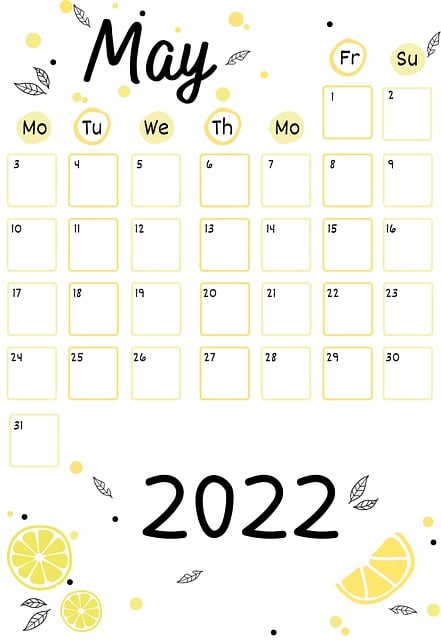In today’s fast-paced world, managing schedules for Registered Training Organisations (RTOs) is a complex task. Manual scheduling often leads to inefficiencies and increased costs. Discover how calendar syncing can be the game changer for RTOs. This article explores the challenges of manual scheduling, delves into the benefits of automated calendar syncing, and provides insights on implementing efficient tools to boost efficiency and reduce costs. By embracing technology, RTOs can transform their operations and stay competitive.
- Understanding the Challenges of Manual Scheduling for RTOs
- The Benefits of Automated Calendar Syncing for Cost Reduction
- Implementing Efficient Calendar Tools in Registered Training Organisations
Understanding the Challenges of Manual Scheduling for RTOs

Manual scheduling for Registered Training Organisations (RTOs) presents several challenges that can hinder operational efficiency and increase costs. Without a robust calendar syncing system, RTOs often struggle to manage multiple training programs, instructor availability, and student schedules effectively. This can lead to overbooking, underutilized resources, and dissatisfied students and instructors.
For RTOs, automated scheduling using calendar tools offers a game-changing solution. By integrating calendar syncing capabilities, these organisations can streamline their processes, ensuring optimal resource allocation and improved overall efficiency. This technology allows for real-time updates, instant availability checks, and automatic conflict resolution, ultimately boosting productivity and reducing operational costs.
The Benefits of Automated Calendar Syncing for Cost Reduction

Automated calendar syncing offers a game-changing solution for Registered Training Organisations (RTOs) looking to streamline their operations and reduce costs. By implementing automated scheduling tools, RTOs can bid farewell to manual data entry and time-consuming coordination. This innovation ensures that schedules are up-to-date in real-time, reflecting any changes or cancellations instantly across all relevant platforms and calendars.
The benefits are numerous; first and foremost, it boosts efficiency by eliminating the need for staff to manually sync calendars, saving precious time and resources. Automated systems can also enhance collaboration between different teams and departments within the RTO, ensuring everyone is on the same page regarding training sessions, meetings, and events. This level of synchronisation contributes to better resource allocation, reduced double-booking, and ultimately, significant cost savings for the organisation.
Implementing Efficient Calendar Tools in Registered Training Organisations

Implementing efficient calendar tools in Registered Training Organisations (RTOs) can significantly streamline operations and reduce costs. Automated scheduling, powered by advanced calendar syncing technologies, is a game-changer for RTOs, eliminating manual data entry and minimising errors. This innovation ensures that training schedules, resource allocation, and availability are accurately synchronised across multiple platforms, providing a unified view of the organisation’s calendar.
By adopting these tools, RTOs can boost efficiency in several ways. Automated reminders and notifications keep stakeholders informed about upcoming events, reducing no-shows and last-minute rescheduling. Additionally, integrated scheduling allows for better resource management, as instructors and facilities can be allocated optimally based on real-time availability, maximising utilisation and minimising waste. This results in cost savings and improved overall operational effectiveness.
Calendar syncing is a powerful tool for Registered Training Organisations (RTOs) to overcome the challenges of manual scheduling. By implementing automated scheduling and efficient calendar tools, RTOs can significantly reduce costs, enhance productivity, and improve overall operational efficiency. This shift towards digitalisation not only saves time but also ensures accurate and up-to-date information, benefiting both staff and students alike. Embracing these innovations is a strategic move for RTOs to stay competitive and deliver an outstanding learning experience in today’s fast-paced educational landscape.
